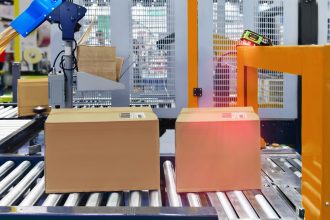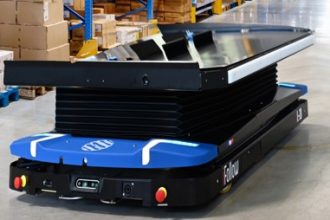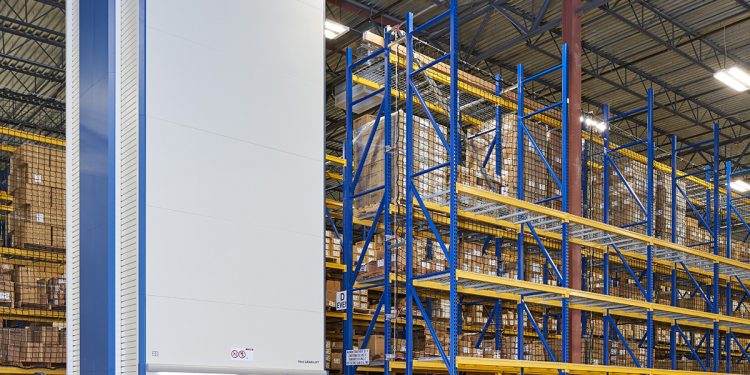
Labor Shortage:
When the pandemic broke out in 2020, one of the hardest-hit populations were front-line workers, like warehouse employees. Warehouse employees worked long hours to keep up with customer demands and faced Covid exposure at a higher level than those who could work remotely. Today, as consumer demand remains high, this category of employee is in great demand, too. But in many cases, workers have retired or moved into other lines of work. As younger generations enter the workforce, they’re not inspired to take on more traditional manual labor jobs. The result is one of the most significant labor shortages in history.
On top of the labor shortage, today’s economy faces product shortages, “black swan” events like the Suez Canal shutdown, and bottlenecks at many stages of the supply chain. Putting these together and running smooth operations on the DC floor is more challenging than ever.
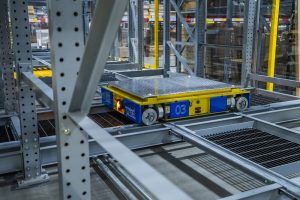 One way to mitigate some of the challenging factors in today’s environment is to automate. Customer demands and preferences will continue to evolve, and businesses must embrace automation to keep up.
One way to mitigate some of the challenging factors in today’s environment is to automate. Customer demands and preferences will continue to evolve, and businesses must embrace automation to keep up.
If you are to accomplish this, you must be agile enough to keep reaction time high. The ability to quickly identify and adopt solutions is essential. Companies must become skilled at identifying, implementing, and operating automation and other innovative technologies. For instance, think of Amazon, which invented the rapid-fire delivery model required by all businesses today.
When focusing on the labor shortage, ASRS, in particular, can play a crucial role in offsetting the issue. For one, ASRS can help change the public perception about what warehouse labor is. Rather than positions with limited growth opportunities, by implementing technology, warehouse workers have the ability to learn new skills and grow their careers, offsetting the shortage. According to analyst Forrester, automation will replace 12 million jobs in the United States by 2025, the warehouse being one of the most labor-intensive places to work.
Warehousing work can be highly repetitive—search, find, pick, place, repeat. These are tasks easily managed by machines. ASRS can do all the above and track items as they enter and exit the system, remind users when items should be replaced or restocked, and create more space and time for improving overall operations.
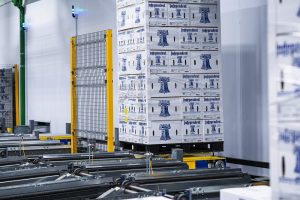 While companies might view the initial sticker price of ASRS as high, those costs can be recouped easily in a short period of time by using ASRS. Productivity can go up because employees no longer need to waste time walking and searching for products—instead, products will move to the workers.
While companies might view the initial sticker price of ASRS as high, those costs can be recouped easily in a short period of time by using ASRS. Productivity can go up because employees no longer need to waste time walking and searching for products—instead, products will move to the workers.
Additionally, ASRS can improve inventory accuracy, minimizing shortages, overstocks, and errors. Safety also goes up with ASRS, preventing humans from needing to perform highly repetitive tasks that strain the body. Employees can do more in less time and with fewer sets of hands. The end result? Workers who are happier, healthier, and more likely to stick around.
To learn more about the ASRS Industry Group or for more resources: https://www.mhi.org/as-rs
Additional Resources:
Offsetting Labor Shortages With SLAM
Addressing Labor Shortage Challenges with Warehouse Automation
Look! It’s a bird. It’s a plane. No, it’s SuperSorter.
Using Density to Solve Labor & Space Constraints in a Manufacturing & Light Industrial Environments
5 Reasons to Leverage Automation in Your Fulfilment Operations
Calculating the Impact of Automation in your Operations…and using it to justify change


